The automotive sun-visor market is currently characterized by a competitive landscape that is both dynamic and multifaceted. Key growth drivers include the increasing demand for vehicle safety features, advancements in materials technology, and a growing emphasis on aesthetic appeal. Major players such as Gentex Corporation (US), Magna International (CA), and Adient plc (IE) are strategically positioned to leverage these trends. Gentex Corporation (US) focuses on innovation in smart mirror technology, which integrates seamlessly with sun-visor functionalities, enhancing driver safety and convenience. Meanwhile, Magna International (CA) emphasizes regional expansion and partnerships, particularly in North America, to bolster its market presence. Adient plc (IE) is concentrating on digital transformation, aiming to enhance customer engagement through advanced manufacturing processes and smart product offerings. Collectively, these strategies shape a competitive environment that is increasingly focused on technological advancement and customer-centric solutions.
Key business tactics within the automotive sun-visor market include localizing manufacturing and optimizing supply chains to enhance efficiency and reduce costs. The market structure appears moderately fragmented, with several key players exerting influence over various segments. This fragmentation allows for niche players to thrive, while larger companies leverage their scale to optimize production and distribution. The collective influence of these key players fosters a competitive atmosphere where innovation and operational excellence are paramount.
In October 2025, Gentex Corporation (US) announced the launch of its latest smart sun-visor technology, which incorporates advanced light-filtering capabilities and connectivity features. This strategic move is significant as it positions Gentex at the forefront of innovation, catering to the growing consumer demand for integrated vehicle technologies that enhance safety and comfort. The introduction of such advanced features is likely to attract a broader customer base, thereby strengthening Gentex's market position.
In September 2025, Magna International (CA) entered into a strategic partnership with a leading automotive manufacturer to co-develop next-generation sun-visor systems that utilize sustainable materials. This collaboration underscores Magna's commitment to sustainability and innovation, aligning with current market trends that favor environmentally friendly products. By focusing on sustainable practices, Magna not only enhances its brand reputation but also meets the evolving preferences of consumers who prioritize eco-conscious choices.
In August 2025, Adient plc (IE) unveiled a new line of customizable sun-visors designed to enhance user experience through personalization options. This initiative reflects Adient's strategic focus on digital transformation and customer engagement, as it allows consumers to tailor their vehicle interiors to their preferences. Such customization is likely to resonate well with modern consumers, potentially driving sales and reinforcing Adient's competitive edge in the market.
As of November 2025, current competitive trends in the automotive sun-visor market are increasingly defined by digitalization, sustainability, and the integration of artificial intelligence. Strategic alliances are playing a crucial role in shaping the landscape, as companies collaborate to enhance product offerings and operational efficiencies. Looking ahead, competitive differentiation is expected to evolve, with a notable shift from price-based competition to a focus on innovation, technology, and supply chain reliability. This transition suggests that companies that prioritize these aspects will likely emerge as leaders in the market.


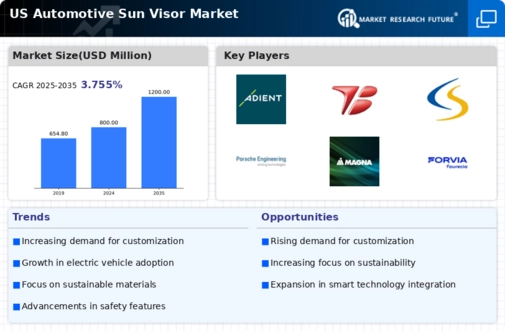
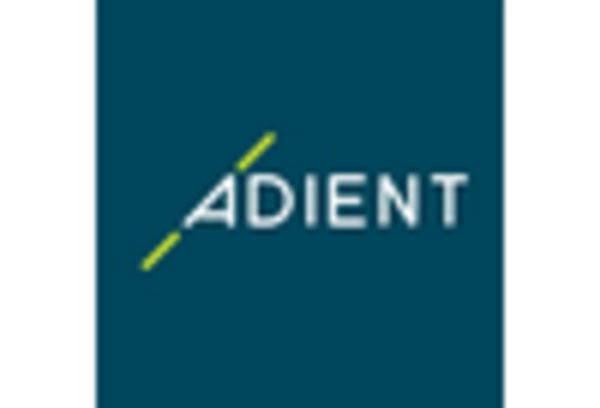
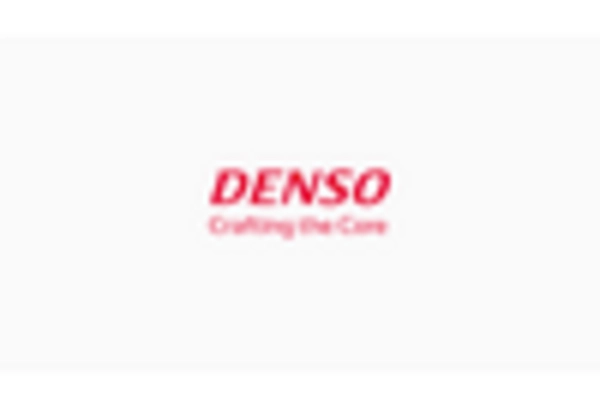
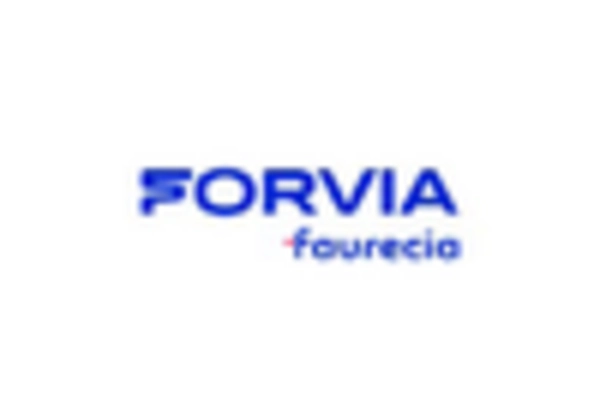
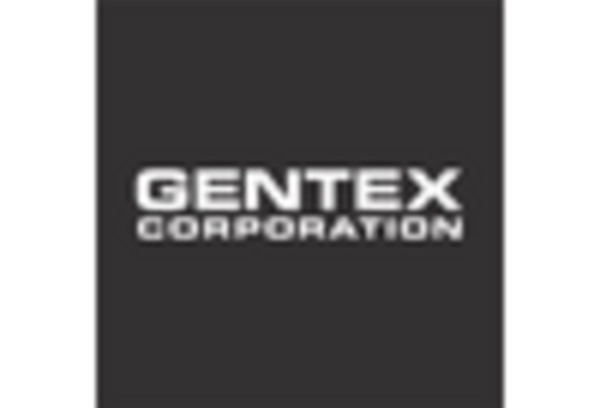
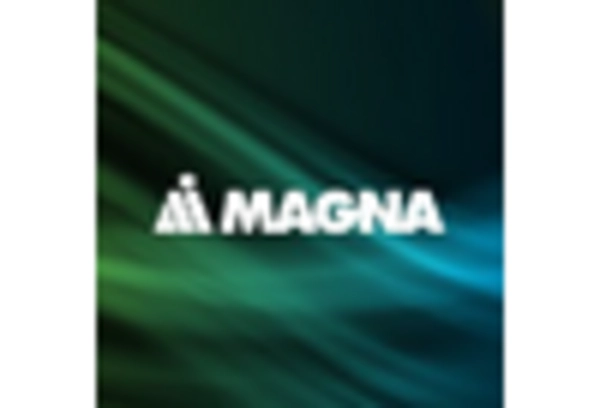
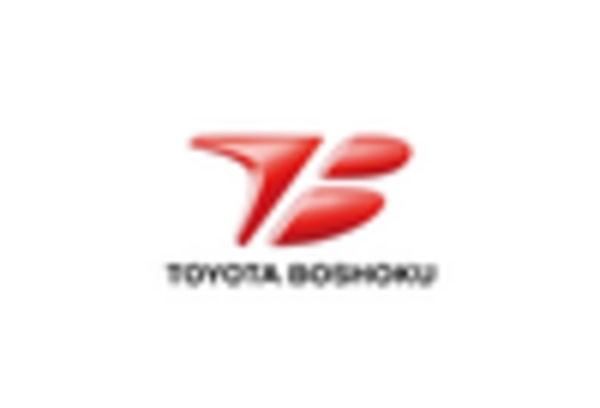








Leave a Comment